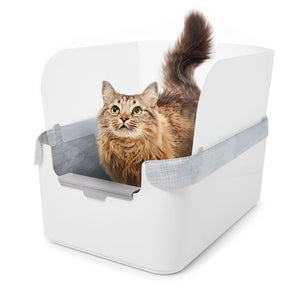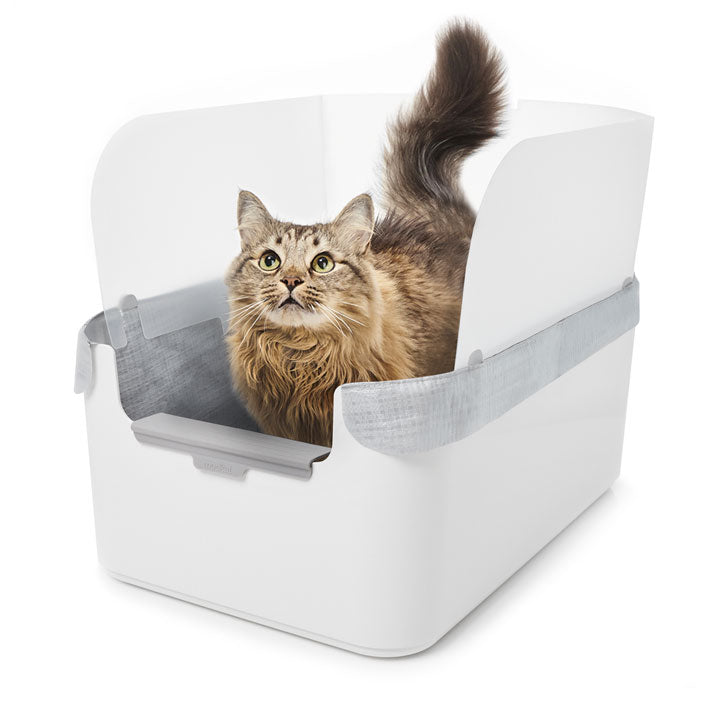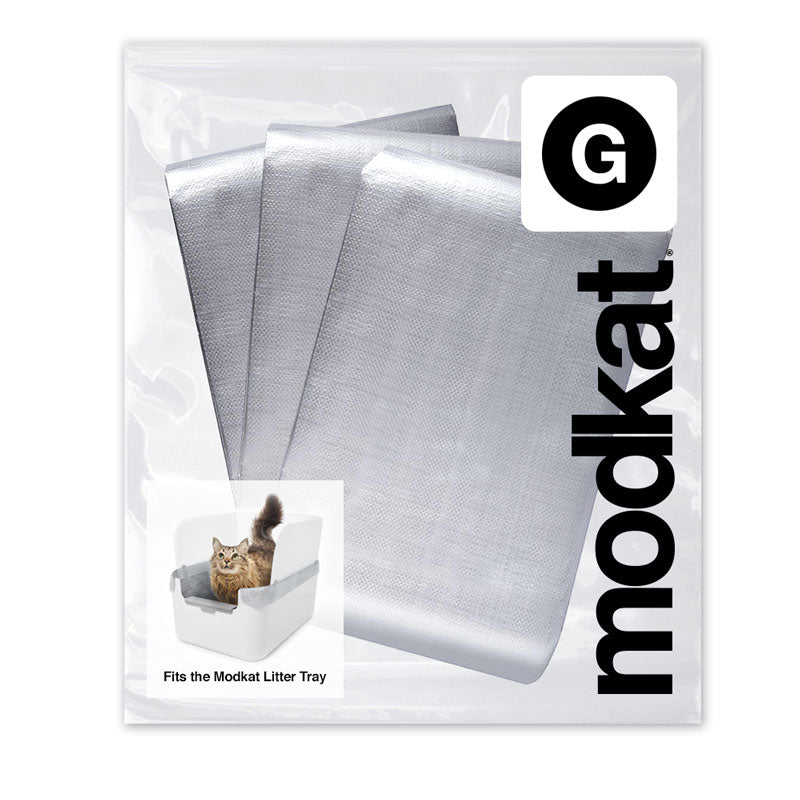Litter Boxes
Accessories
Liners
Famous Cats of History

Ailurophile noun ai·lu·ro·phile \ī-ˈlu̇r-ə-ˌfī(-ə)l, ā-\ Definition of ailurophile: a cat fancier : a lover of cats : First Known Use: 1914
Ta-Miu
Ta-Miu served as the personal pet to Crown Prince Thutmose of Egypt. She played a significant role for her species, which was already exalted in Egyptian life. Bastet, the Egyptian goddess of love, was portrayed with a cat’s head. Archaeologists discovered 300,000 cat mummies buried in Beni-Hassan. And killing a cat in ancient Egypt could earn you a death sentence.
Little is known about how Ta-Miu met her end, but after her death, she was mummified. Her sarcophagus tells us most of what we know about the short life of Crown Prince Thutmose.
The invading cats of Cambyses II of Persia
Ancient Egyptians dedicated an entire religion to cats thanks to the animals’ success at thinning out the country’s grain-destroying rats and dangerous cobras.
By 525 BC, Egyptian ailurophilia was so well known that Cambyses II of Persia used it to help defeat the Pharaoh’s army. Cambyses II instructed his shield bearers to paint images of Bastet on their shields and to drive a throng of cats ahead of them. The Egyptians, seeing their own catlike goddess on the advancing army’s shields and afraid to harm the cats themselves, were soundly defeated. Whoever said you can’t herd cats never met Cambyses II.
Cats of Ancient Rome
Cat smugglers spirited the animals from Egypt to Italy before the time of Christ. The creatures served as mousers for the Roman legionnaires who in turn introduced cats to the ancient Britons. The Brits and the Welsh fell head-over-heels for the vermin-controlling felines and made cat-killing a hanging offense. Back in Italy, cats finally moved into people’s homes where—to no one’s surprise—they replaced pet snakes and domesticated weasels as pest regulators.
Cats in Asia
Moving eastward, cats soon protected ancient Asia’s most important economic engine—the silk industry— by guarding the silkworm cocoons from small predators. Chinese and Japanese artists and writers exalted cats in paintings and literature in return for the animals’ protection of their silk producers.
An unknown cat left his mark on Croatia
Over the centuries, cats migrated around the Mediterranean. In the 1400s, a Croatian cat migrated right across an important manuscript. We know because he left his inky paw prints behind. Emir O. Filipović, a teaching and research assistant at the University of Sarajevo, ran upon the prints in 2011 and snapped a photo. No word of the historic Croatian scribe’s response to his pet’s assistance with the writing project. We can imagine him uttering a long a sigh and a few choice words, though.
Trim
Born on board HMS Reliance in the year 1799, Trim almost didn’t make it. The tiny black-and-white kitten fell overboard but saved himself by swimming back to ship and shimmying up a rope. Impressed by the cat’s feat, Captain Matthew Flinders adopted Trim. Flinders and Trim together circumnavigated Australia. When Flinders was imprisoned on charges of espionage in Mauritius, Trim stayed with him. Statues and plaques in both Australia and England commemorate Flinders and Trim’s adventurous life together.
Crimean Tom
War-weary British and French troops captured the Russian stronghold of Sevastapol during the Crimean War. Tom, who clearly welcomed the forces as liberators, led the soldiers to the caches of food that Russian fighters had hidden beneath the city. Grateful British warriors carried Tom home to England with them.
Macek
A companion animal to Nikola Tesla, Macek engineered some of the scientific giant’s most important discoveries. When Macek’s coat became charged with electricity during a thunderstorm, Tesla was inspired to learn more, leading him to alternating current, electric motors, and early robotics.
Mouschi
Mouschi became famous thanks to his role in Anne Frank: The Diary of a Young Girl. Originally the pet of Peter van Daan, Mouschi hid with the van Daan and Frank families in the secret annex of Mr. Frank’s office in Amsterdam during World War II. Mouschi disappeared, to Peter’s deep sadness, but he remains a symbol of the plight of Europe’s Jews in the 1930s and 40s.
Across the millennia, other domesticated cats have helped turn the tides of battles, prove criminals guilty in court, uncover acts of espionage, and provide companionship to the likes of Winston Churchill, Louisa May Alcott, Florence Nightingale, and Charles Dickens.
As ailurophiles ourselves, we concur with Mr. Dickens who famously remarked, “What greater gift than the love of a cat?”
“It looks nicer than any other hooded or open option we considered.”

Purrr News.
Join our email list and get exclusive access to new products, the best cat litter box health articles, and 10% off your first order!
Similar products related to this blog:

"It looks nicer than any other hooded or open option we considered."


"This litter box keeps everything in, nothing gets out the sides."

"My beautiful ragdoll cat and I both love the new Modkat Litter tray!"

















